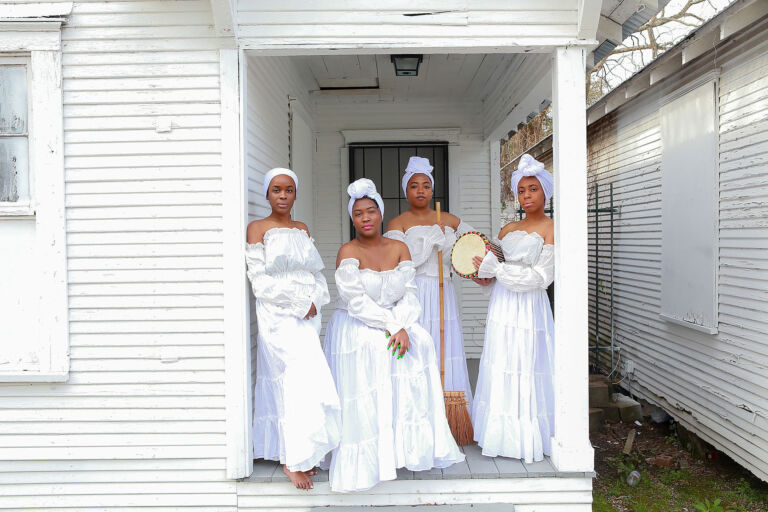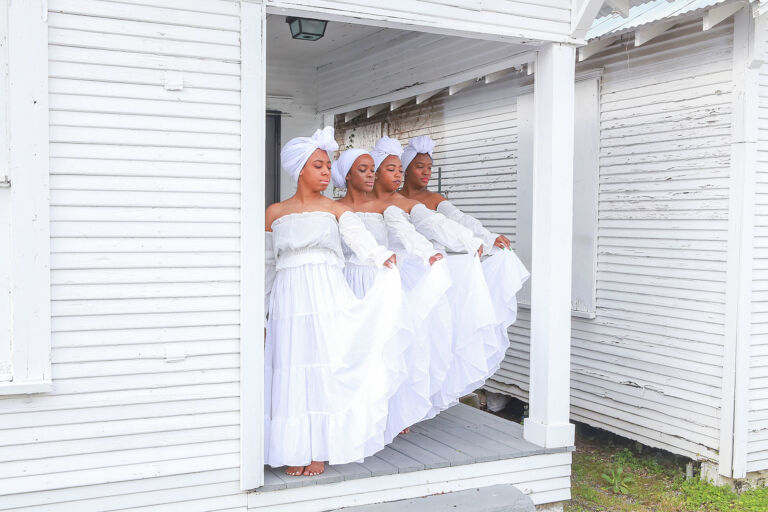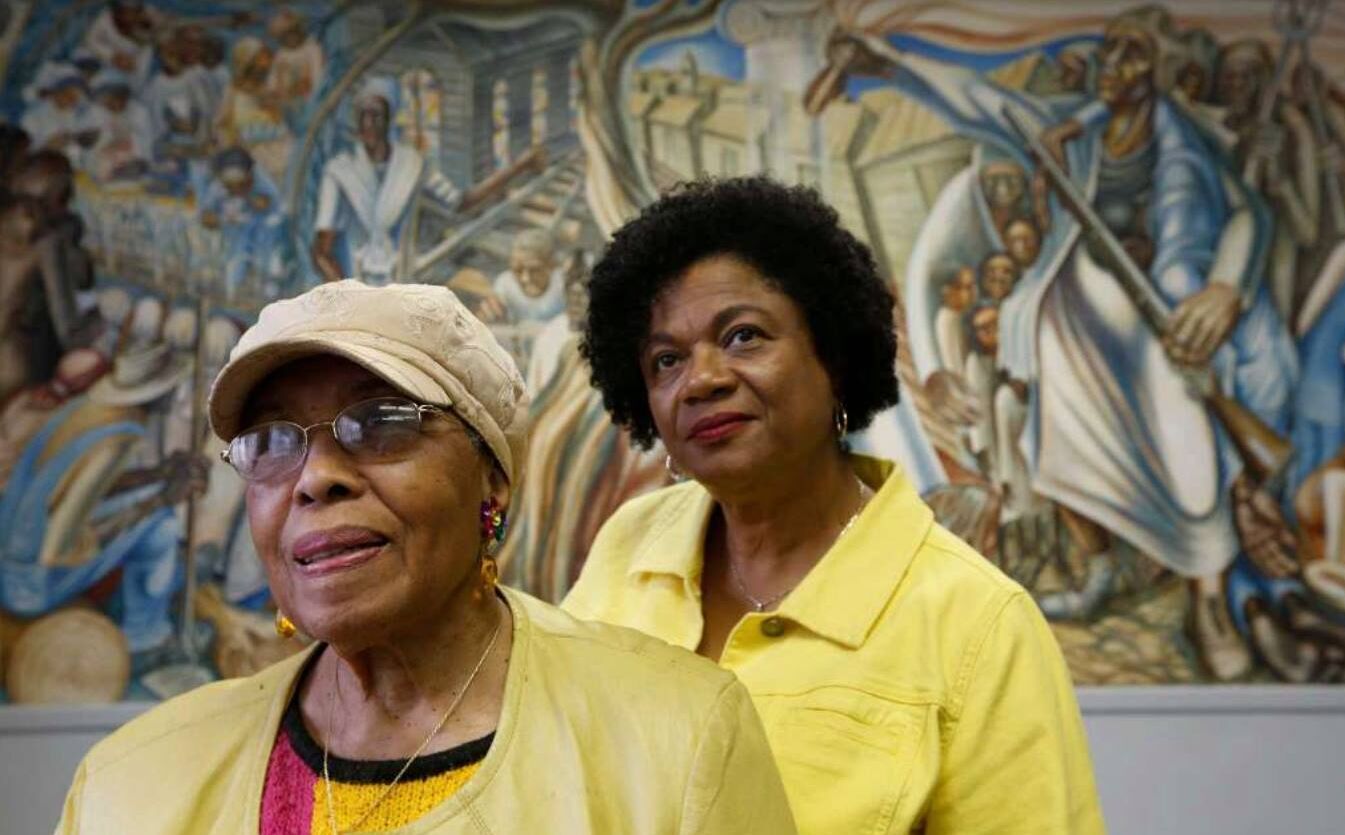


Grantees shared that BANF’s grantmaking was a fractal of the change grantees hope to see in the broader arts community. While the current nonprofit-focused funding systems challenged BANF’s ability to fully enact equitable grantmaking principles, our aim is to not perpetuate systemic inequities that create barriers to funding and often priortize grantmakers’ goals and established ways of working over grantee’s needs.
Guided by our mission and values, we were able to rapidly infuse $2M in funding to BIPOC artists and arts organizations during a pandemic whose effects were compounded by systemic inequities
We worked to embed equity and trust into this first round of grantmaking; as a result BIPOC artists reflected an experience of:
- Recognition and legitimacy
- An ability to put funds where most needed
- Scaffolding to access additional funding
- Support in building bridges and making connections
- A funder relationship rooted in trust, partnership and equity
BANF Brought Recognition and Legitimacy to BIPOC Art and Artists
With so few BIPOC-specific funds, the BANF grant opened up possibilities for rooting and amplifying BIPOC identity within arts and culture by bringing long-overdue legitimacy and recognition to BIPOC arts. BANF’s community-based approach helped lay bare the ways in which funders were funding white-led organizations for BIPOC-focused or BIPOC-audience work and holding BIPOC groups to different standards. Visibilizing and amplifying BIPOC artists’ voices has helped catalyze changes in what “art” and the “arts community” mean in Houston in alignment with the visions, values, and cultural equity of BIPOC artists. Continued recognition is needed to shift dominant funding practices.
Recognizing and Amplifying BIPOC Artists’ Voices
“30 years ago, we couldn’t include ‘Black’ in the mission statement because that would restrict operations. Timely: Juneteenth [celebrations], previously we were going to white people to get funding to celebrate Black history… [this is a] mechanism that is for Black people and enabling Blackness, explicitly and outloud. That centering of Blackness is an emotionally charged step forward.”
– BIPOC Artist, Established Nonprofit
“BANF was the first grant we received for my company in the last 5 years…The funds mean a lot but [so does] the sheer sense of validation by your peers.”
– BIPOC Artist, Emerging Collective
BANF grants enabled groups to step more fully into their own leadership by making their own decisions about where funds are most needed. The unrestricted grants were used for a wide-ranging set of needs reflecting the diverse, dynamic, and complex BIPOC artists needs such as deepening programmatic capacity, impact in their communities, organizational capacity, personal and artistic needs, and tending to human wellness and sustainability.
Grantees are strengthening communities in Houston.
Grantees expanded their geographic scope within the city, developed new programming, extended their program reach and impact, and increased collaboration.
“We were able to start our youth orchestra and take 22 kids from Houston to NYC to perform…We were able to put dreams into action for these kids.”
– BIPOC Artist, Emerging Collective
Grantees are making the arts in Houston sustainable for more artists.
Groups used the funds to hire and compensate artists. Emerging Collectives and Fiscally Sponsored Groups noted a greater focus on supporting people previously volunteering, so that they were honored for their labor and had their work amplified—creating greater opportunities for BIPOC definitions of art to be lifted up.
“BANF has given us the space to pay our contributors and editors too – we are all volunteer based. BANF has created a wonderful opportunity for us to give more people a voice.”
– BIPOC Artist, Emerging Collective
Grantees are
innovating.
With unrestricted funds, grantees had the space to dream and experiment, and prioritize creation not just production.
“[The grant] allowed us to be and create.…allowing us to slow down, have conversations, and figure it out and be creative instead of selling … It allowed us to be, create, and not think of what we need to pay for. It also allowed us to invest in a lot of things we believe in.”
– BIPOC Artist, Established Nonprofit

BANF is Expanding Access to Additional Resources
BANF catalyzed new funding and started shifting conditions in the funding field. Grantees shared that BANF made their work viable to other funders and shifted conditions of competition with mainstream groups while creating a sense of belonging between BIPOC artists and BIPOC funders. By funding fiscally sponsored groups in addition to traditional nonprofit organizations, BANF enabled these groups to access resources they may not have otherwise had access to.
BANF Engaged in Equitable And Trust-Based Philanthropic Partnership
Grantees remarked on the importance of seeing their own communities reflected in BANF’s leadership and steering committees, and the ways in which the grantmaking process was a fractal of the change artists wish to see. This grantmaking process was focused on redistributing power and resources in alignment with equity. It included:
Prioritizing grantees’ needs:
The application process was relatively easy for grantees, providing a myriad of ways to submit information, and the BANF team was very accessible.
Embracing a network mindset:
In raising awareness for the grants, BANF accessed many formal and informal networks through information sessions and community-based leadership and advising committees rather than relying on traditional funding relationships. This greatly expanded the pool of grantees and applicants. One Design Team member noted, “the more we widen the circle, the more harmed communities become part of this work.”.
Placing decision-making power within community:
Community review and advisory panels were developed to determine grantees, build trust, and mitigate the typical power-over relationship funders have in grantmaking. This helped build leadership and power in ways that challenge a singular institution as keeper of knowledge/truth. As a result, the community defined what BANF meant by “arts” and “culture” rather than reproducing the views with cultural bias that are persistent in the arts ecosystem.
Prioritizing shared learning:
Methods of co-learning were built into the community review process as well as the evaluation process, focusing on building relationships, sharing wisdom, and co-creating a desired future.

